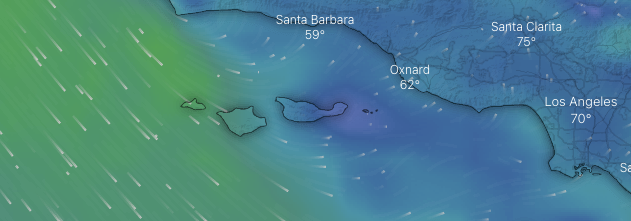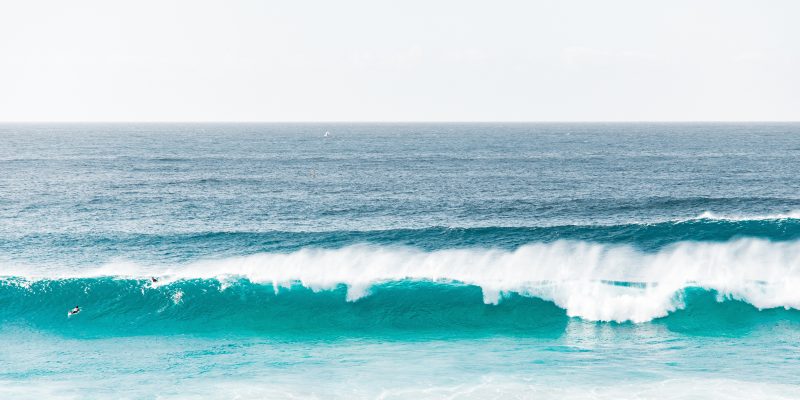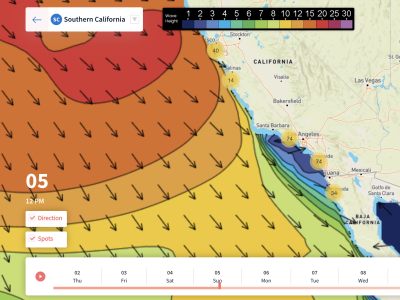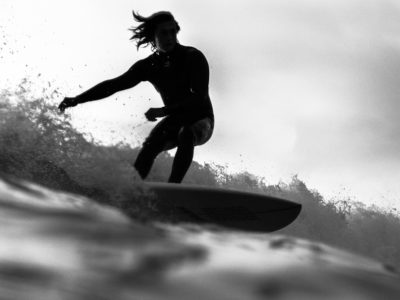Reading a surf forecast plays a crucial role in determining whether you’ll score perfect surf or end up struggling with choppy conditions. In this comprehensive guide, we’ll cover everything you need to know about reading and interpreting surf reports and forecasts, so you can make the most of your time on the water.
What is a Surf Report and a Surf Forecast?
A surf report is a snapshot of the current ocean and atmospheric conditions for a specific surf break at the time of observation. It provides information on wave size, intensity, wind conditions, and more, allowing surfers to determine the quality of the surf at a particular spot without having to physically be there.
A surf forecast, on the other hand, predicts future surf conditions based on computational analyses of data from ocean buoys, weather satellites, and other sources. While not always 100% accurate, modern surf forecasts can provide a reasonably reliable picture of what to expect in terms of wave size, swell direction, and other factors that affect surf conditions. See weekly forecasts
Key Factors in a Surf Report and Surf Forecast
To make the best decisions about when and where to surf, it’s essential to understand the key factors included in a surf report and forecast. These are:
Wave Height
Wave height is a crucial aspect of a surf report, as it indicates the size of the waves you can expect. It is measured as the average height from trough to crest of the highest one-third of all waves during a 20-minute period. Knowing the wave height can help you decide if the conditions are suitable for your skill level and preferences.
 Wave Period
Wave Period
The wave period, also known as the swell period or groundswell period, is the time in seconds between successive waves. Longer wave periods (10-20 seconds) are associated with more powerful and better-quality waves for surfing, while shorter periods (less than 10 seconds) typically result in weaker, less appealing conditions.
 Swell Direction
Swell Direction
Swell direction refers to the direction from which a swell is coming. It can be expressed in degrees or cardinal points (e.g., N, S, E, W). Understanding the swell direction helps determine which areas will have the biggest waves and how the waves will interact with the coastline.
 Wind Speed and Direction
Wind Speed and Direction
Wind is responsible for creating waves, but it can also destroy a day of surfing if it’s blowing the wrong way or too strong. Onshore winds often result in choppy, poor-quality waves, while a gentle offshore wind can improve wave quality by holding the wave face up longer before breaking.
 Moon Phases
Moon Phases
The moon’s eight phases directly impact Earth’s tides. Full or new moons result in higher high tides and lower low tides due to the combined gravitational pull of the moon and sun, creating what are called spring tides. During the moon’s quarter phases, when the sun and moon are not aligned, the differences between high and low tides are less pronounced, resulting in neap tides.
Tides
High and low tides play a crucial role in the formation of good surf. Depending on the surf spot, certain tidal conditions may produce better waves, while others can cause waves to close out or break too close to the shore.
Understanding Swell Period and Swell Direction
Swell period and direction are critical factors in determining the quality of the surf. Here’s a breakdown of what different swell periods and directions mean for surf conditions:
Swell Period
- 1-5 seconds: Local wind swells create weak, choppy waves with little power. Not ideal for surfing.
- 6-8 seconds: Regional wind swells produce more predictable wave patterns, but still not ideal for most surfers.
- 8-10 seconds: Waves generated by strong offshore winds, such as storms or hurricanes, provide more organized, surfable waves.
- 10-16 seconds: Ground swells created by distant storms/hurricanes result in powerful, distinct waves.
- 16+ seconds: Extremely powerful swells with the most power, usually providing larger surf.
Swell Direction
The optimal swell direction for a surf spot depends on the orientation of the coastline. In general, a coastline facing a certain direction will receive larger waves if the swell comes from that same direction. For example, a west-facing coastline will have bigger waves if the swell is coming from the west rather than the northwest.
Wind Direction and Its Impact on Surfing
As mentioned earlier, wind direction plays a significant role in wave quality. Onshore winds can make waves choppy and difficult to surf, while offshore winds create cleaner, more surfable waves. Surfers looking to practice aerial maneuvers may prefer onshore winds, as they can help lift them off the wave face.
Reading a Surf Report: Key Terms and Factors
Now that we’ve covered the main factors that affect surf conditions let’s dive into how to read a surf report. Here are the key terms and factors you’ll encounter while reading a surf report:
- Swell size: The size of the wave, measured in feet or meters.
- Swell period: The time between successive waves, measured in seconds.
- Swell direction: The direction from which the swell is coming, expressed in degrees or cardinal points.
- Wind direction: The direction the wind is blowing from, expressed in degrees or cardinal points.
- Wind strength/speed: The speed of the wind, typically measured in kilometers per hour (kph) or miles per hour (mph).
- Tide: The rise and fall of the ocean’s surface due to the gravitational pull of the moon and sun.
How to Interpret Surf Report Data
Now that you’re familiar with the key terms and factors, it’s time to learn how to interpret surf report data. Here’s a step-by-step guide to understanding a surf report:
- Check the wave height: Determine if the wave size is suitable for your skill level and preferences.
- Review the swell period: Look for longer swell periods (10+ seconds) for better-quality waves.
- Assess the swell direction: Determine if the swell direction is optimal for your surf spot, taking into account the orientation of the coastline.
- Evaluate the wind direction and speed: Look for offshore winds with low speeds (below 7 mph) for the best surf conditions.
- Consider the tide: Understand how high and low tides affect your specific surf spot and plan your session accordingly.
Popular Surf Forecast Sites
Several websites provide reliable surf forecasts and reports for surf spots around the world. A few popular sites:
- SURFERforecast Maps (previously SwellWatch)
- Surfline
- Windy
- NOAA
By utilizing these websites and understanding the key factors in a surf report, you’ll be better equipped to plan your surf sessions and make the most of your time in the water.
Understanding a surf report or a surf forecast is essential for maximizing your surfing experience. By learning how to read a surf report, you’ll be able to make informed decisions about when and where to surf based on wave height, swell period, swell direction, wind direction, wind speed, and tides. With this knowledge, you’ll be better prepared to tackle the waves and enjoy more productive and enjoyable surf sessions. So, grab your board, study the surf report, and ride those waves with confidence!


